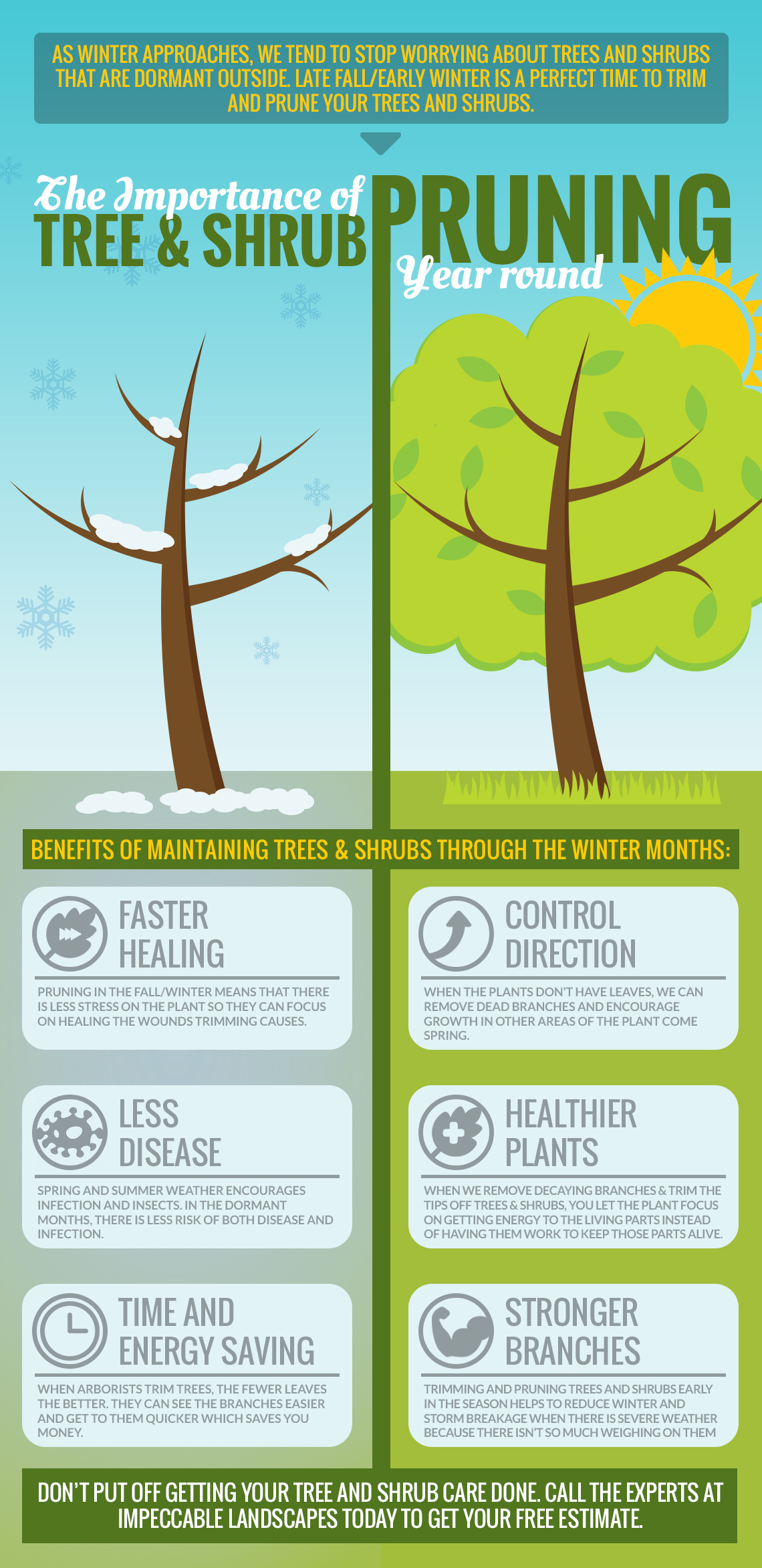Identifying The Requirement For Tree Elimination: A Guide For Homeowners
Identifying The Requirement For Tree Elimination: A Guide For Homeowners
Blog Article
Web Content Composed By-Hollis Long
Trees add beauty and worth to residential or commercial property, yet they can additionally pose a threat during extreme weather condition occasions. If a tree has actually stopped growing, is showing noticeable fungal development, or has a leaning trunk, it needs to be removed by a professional to stay clear of residential or commercial property damages and injury.
To read more, participate in a homeowner source reasonable co-hosted by HPD, the Center for NYC Neighborhoods, and Brooklyn-based real estate partners this evening in Bedford-Stuyvesant. The occasion will include the Home owner Manual, a new overview to aid property owners navigate the obligations of possessing a home.
1. Dead or Dying Branches
Trees are an indispensable part of your home's landscape, offering color and appeal. They additionally offer shelter for wildlife and create oxygen, however also healthy trees can experience health issue that may demand their removal. Dead or passing away trees aren't simply unsightly, they can be harmful. Their branches can fall during a storm, resulting in expensive building damages and injuries.
When a tree's branches start to die, it implies that its framework is starting to break down. If most of its branches are dead, it is likely time to remove it.
Look for a lack of brand-new development, bark peeling, open wounds or dental caries, fungi expanding on the trunk or origins and a basic look of degeneration in the whole cover. These indicators of infection can show a severe trouble that will require specialist tree services to fix.
2. Leaning Trunk
While it's typical for trees to lean once in a while because of phototropism, if a tree has a harmful or extreme lean that's not due to natural processes - maybe an indication that the tree needs to be gotten rid of. If the tree is leaning toward a high-voltage line, home, car, play framework or any other area that could be hazardous to people if it drops, then contacting a specialist tree solution for elimination need to be a top priority.
It's also essential to expect any sudden changes in a tree's leaning as it can suggest damages to the origins or trunk that may cause falling. find more is especially true during stormy weather, because high winds and rain-soaked soil can create a lean to change swiftly. ironbridge property management tracking, particularly during and after storms can help property owners identify potential problems with their trees so they can call an arborist for a detailed assessment.
3. Insect Invasion
Some pest invasions, such as wood-boring pests like emerald ash borer or sap-suckers like range pests, are so serious that they can create a tree to pass away. The very best method to stop pest problem is to monitor your trees on a regular basis. Look for spots, openings, or discolorations in the leaves and bark. Examine the trunk for splits and signs of insect damages, such as passages or tracks.
If a tree ends up being also infested with pests, or is close to a home or power lines, an arborist might suggest elimination. If a leaning tree creates a brand-new, unpredictable lean, an arborist will likely recommend removal as well to make sure the security of people and building. If a damaged or dead tree continuously drops extreme branches, it is an indicator that it is time to get rid of the tree. If a tree remains to lose branches for an extended amount of time, it can bring about architectural problems and prospective building damage.
4. Harmed Trunk
Trees are an attractive and integral part of our landscape, however they do need routine like keep them healthy and safe. If a tree is damaged beyond repair it is most likely time for it to come down.
Seek indicators of damage to the trunk, consisting of upright fractures, seams, dead branch stubs, noticeable injuries or open cavities and extreme tree-rot. https://docs.google.com/spreadsheets/d/1RPanU8Z1FbtG44oEOCy3lz9saJS8IjJQbDarn9psSLg/edit?gid=0#gid=0 of fungi at the base of the trunk is one more advising sign. Fungis may show that the phloem and xylem (life-support cells) are endangered, enabling the spread of disease or a future failing.
Also, take into consideration whether the tree has quit expanding. Healthy and balanced trees will certainly have brand-new development every year, which may show up as buds or branches growing and extending. If you do not see any type of new development, it's a great concept to have an arborist assess the tree and follow their recommendation for removal. A passing away or harmed tree can fall and trigger residential or commercial property damage.